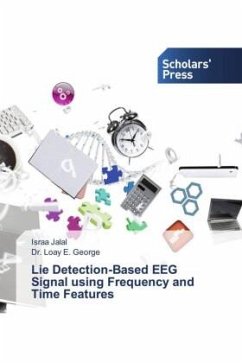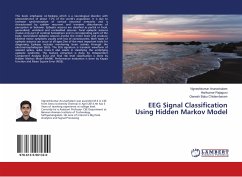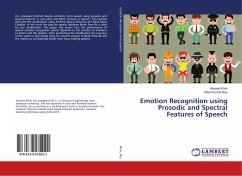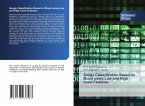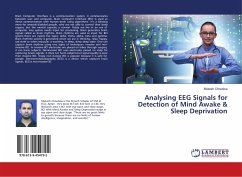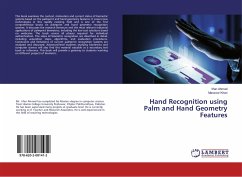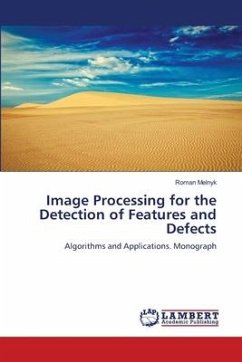(EEG) brain signals are electrical activity measurements of the brain. Because they cannot be taken remotely or obtained later, they are "secret" by nature and resistant to spoof attempts. EEG can tell the difference between the truth and a lie based on brain waves. uses electroencephalogram (EEG) signals as a set of statistical features to build a lie detection method. Two central problems are addressed; firstly, the number of electrodes and features tested to make the system applicable; secondly, to build a fast and accurate method. Two approaches are adopted; the first is to extract features from a single channel, and the second is to use the least number of features extracted. The EEG-based automatic lie detection method applies four main stages (i.e., preprocessing, feature extraction, feature selection, and classification phase) to the input EEG. The preprocessing includes two steps, normalization, and framing. Feature extraction contains two sets of features; spectral features and statistical moments. The feed-forward neural network classifier is used for the classification task. For evaluation purposes, the publicly available datasets are considered.
Bitte wählen Sie Ihr Anliegen aus.
Rechnungen
Retourenschein anfordern
Bestellstatus
Storno

